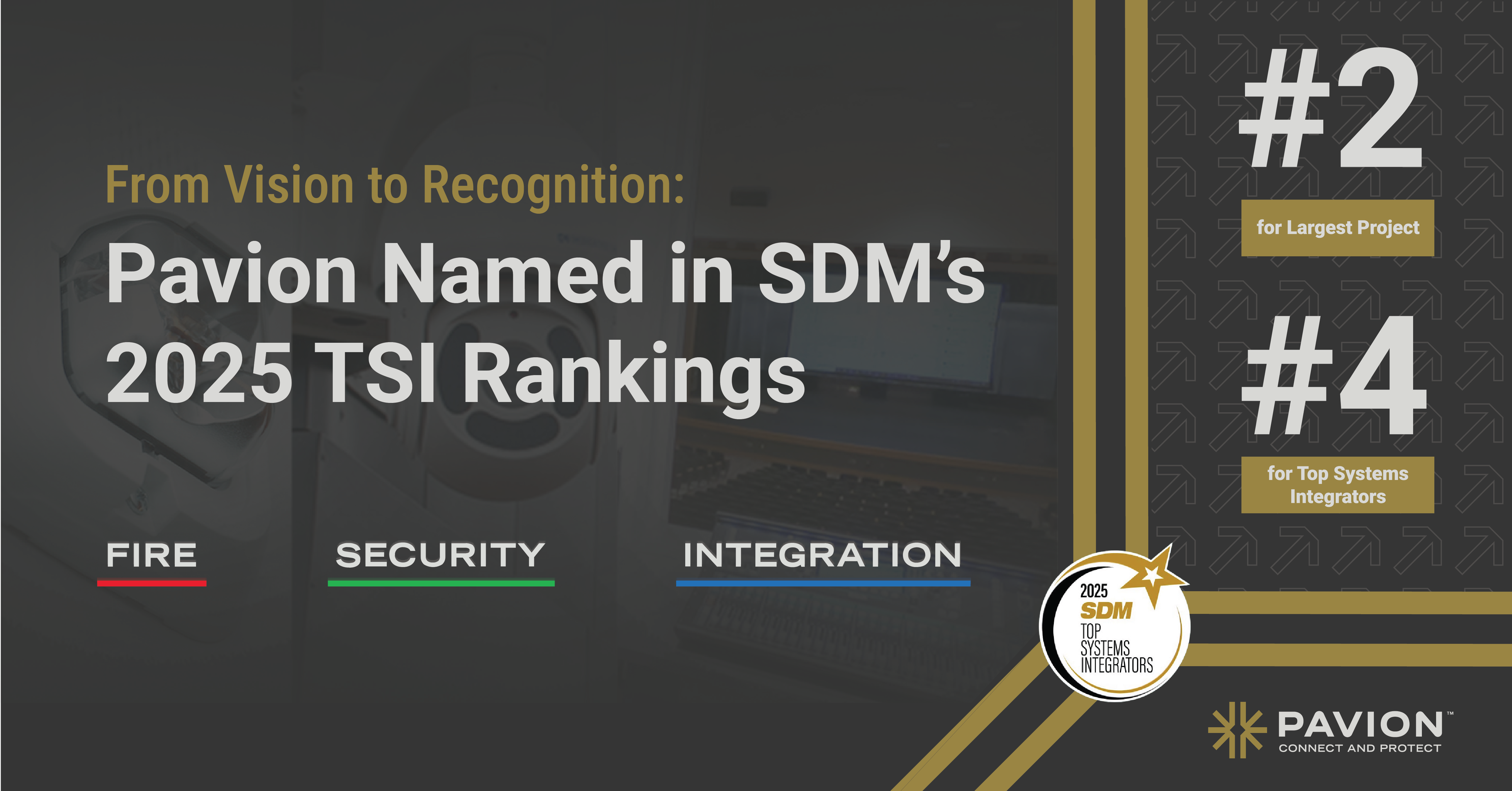
Optimizing Store Layouts: AI’s Impact on Revenue Using Optimized Store Design and Layout
Effective store layout design plays a crucial role in attracting customers, maximizing sales, and ultimately boosting revenue. With the advent of artificial intelligence (AI) technology, retailers now have the opportunity to optimize store layouts like never before. By leveraging AI-driven solutions, businesses can create layouts that are tailored to their target customers, increase customer satisfaction, and drive higher sales. In this article, we will explore the importance of store layout, the intersection of AI and store design, the process of AI-driven store layout optimization, measuring the impact of AI on store revenue, and the challenges associated with implementing AI in store layout design.
Understanding the Importance of Store Layout
In the world of retail, a well-designed store layout can significantly impact customer behavior and purchase decisions. Store layout refers to the physical arrangement of merchandise, displays, shelves, aisles, and checkout counters within a retail space. It influences how customers navigate through the store, what products they notice, and ultimately, whether they make a purchase or not.
One key aspect of store layout is the creation of effective product displays that attract customers’ attention and highlight featured items. By strategically placing popular or high-margin products in prominent locations, retailers can increase their chances of triggering impulse purchases and increasing overall sales.
Moreover, store layout also plays a crucial role in optimizing customer flow and minimizing traffic congestion. An intuitive and well-organized layout can make it easier for shoppers to find what they need, enhancing their overall shopping experience and increasing the likelihood of repeat visits.
But what exactly is the psychology behind customer behavior and how does it relate to store layout? Understanding these factors can help retailers design layouts that maximize customer engagement and ultimately drive revenue.
The Role of Store Layout in Customer Behavior
Store layout directly influences customer behavior, impacting factors such as purchase decisions, browsing patterns, and overall satisfaction. By understanding the psychology behind customer behavior, retailers can design layouts that maximize customer engagement and ultimately drive revenue.
For example, placing frequently purchased items, such as everyday essentials, towards the back of the store encourages shoppers to navigate through the entire space, increasing the likelihood of additional purchases along the way. Additionally, organizing related products in proximity to each other can facilitate cross-selling and upselling opportunities.
Furthermore, the layout can influence dwell time—the amount of time customers spend in the store. By creating an inviting ambiance, incorporating comfortable seating areas or interactive displays, and ensuring easy navigation, retailers can encourage shoppers to spend more time exploring and discovering products, leading to increased sales.
But it’s not just about customer behavior; store layout also has a direct impact on store revenue. A well-optimized layout can result in higher conversion rates, increased average transaction values, and overall sales growth.
How Layout Affects Store Revenue
The impact of store layout on revenue cannot be overstated. A well-optimized layout can result in higher conversion rates, increased average transaction values, and overall sales growth. By strategically positioning products, creating effective product groupings, and simplifying the checkout process, retailers can drive revenue growth and enhance their bottom line.
For example, prominently displaying popular or high-margin items at eye level can increase their visibility and desirability, leading to more purchases. Additionally, creating clear pathways with intuitive signage can guide customers towards specific product categories or promotions, facilitating their decision-making process and increasing the likelihood of a sale.
Moreover, an optimized store layout can also contribute to operational efficiency, reducing costs, and minimizing waste. By strategically locating high-demand items and organizing storage areas efficiently, retailers can improve inventory management, reduce out-of-stock situations, and streamline the replenishment process, resulting in increased sales and reduced operational costs.
As you can see, store layout goes beyond just arranging shelves and displays. It is a strategic tool that can influence customer behavior, drive revenue growth, and enhance the overall shopping experience. Retailers who invest time and effort into designing an effective store layout are more likely to succeed in today’s competitive market.
The Intersection of Artificial Intelligence and Store Design
With the rise of AI technology, retailers have a powerful tool at their disposal to optimize store layouts and enhance the overall shopping experience. AI can analyze vast amounts of data, including customer behavior patterns, purchase history, and market trends, to provide valuable insights and recommendations for store layout optimization.
The Basics of AI in Retail
AI in retail refers to the application of artificial intelligence technology, such as machine learning and computer vision, to various aspects of the retail industry. AI-powered solutions can help retailers automate processes, personalize customer experiences, and make data-driven decisions.
In the context of store layout optimization, AI algorithms can analyze data points such as customer foot traffic, heatmaps, and transaction data to identify patterns and trends. These insights can then be used to create layouts that cater to specific customer preferences and drive higher engagement and conversion rates.
AI’s Role in Store Layout Optimization
AI-driven store layout optimization involves using data and AI algorithms to design layouts that maximize sales and customer satisfaction. By considering factors such as product popularity, customer preferences, and traffic flow, AI can provide retailers with recommendations on product placement, aisle arrangement, and overall store design.
By continuously analyzing data and monitoring customer behavior, AI algorithms can adapt and refine store layouts over time. This dynamic approach enables retailers to respond to changing market trends, customer preferences, and business objectives, ensuring their layouts remain effective and competitive in the long run.
The Process of AI-Driven Store Layout Optimization
Optimizing store layouts using AI involves a structured and iterative process that combines data collection, analysis, and implementation of AI-driven layout changes.
Data Collection and Analysis
The first step in AI-driven store layout optimization is collecting relevant data. This includes information such as sales data, customer foot traffic, and demographics, as well as data from loyalty programs and online interactions.
This data is then analyzed using AI algorithms to identify patterns, correlations, and customer behavior insights. By understanding how customers move through the store, which products they interact with, and what influences their purchase decisions, retailers can make informed decisions about layout optimization.
AI Algorithms and Predictive Modeling
AI algorithms play a crucial role in store layout optimization. These algorithms use predictive modeling techniques to identify the most effective layout configurations based on the collected data.
By simulating different layout scenarios, AI algorithms can predict the impact of layout changes on various performance metrics, such as sales conversion rates or average transaction values. Retailers can leverage these insights to make data-driven decisions about which layout changes to implement.
Implementing AI-Driven Layout Changes
Once the layout optimizations have been identified, retailers can implement the changes based on the recommendations provided by AI algorithms. This may involve repositioning shelving, adjusting aisle widths, or creating new product displays.
It’s important to monitor the impact of the implemented changes and make adjustments as necessary. By continually collecting data and analyzing the results, retailers can further refine their layouts and ensure ongoing optimization.
Measuring the Impact of AI on Store Revenue
Measuring the impact of AI-driven store layout optimization on revenue is essential to evaluate the effectiveness of the implemented changes and justify further investments in AI technology.
Key Performance Indicators for AI Optimization
When measuring the impact of AI on store revenue, retailers can consider various key performance indicators (KPIs) such as sales growth, conversion rates, average transaction value, and customer satisfaction scores.
By comparing these KPIs before and after implementing AI-driven layout changes, retailers can assess the direct impact of AI on revenue generation and identify areas for further improvement.
Long-Term Revenue Impact of AI-Driven Layouts
It’s important to note that the impact of AI-driven store layout optimization may not be immediate. Changes in customer behavior and revenue generation may take time to materialize.
However, over the long term, AI can contribute significantly to revenue growth and customer satisfaction. By continuously analyzing data, adapting to changing market dynamics, and refining store layouts, retailers can stay ahead of the competition and create an exceptional shopping experience for their customers.
Overcoming Challenges in AI-Driven Store Layout Optimization
While AI offers tremendous potential in store layout optimization, there are challenges that retailers must navigate to maximize its benefits.
Addressing Data Privacy Concerns
In the age of data-driven decision-making, retailers must prioritize consumer data privacy. It’s crucial to comply with relevant data protection regulations and ensure that customer data used for AI analysis is anonymized and securely stored.
Transparent communication with customers regarding data collection practices and the purpose of AI implementation can also help build trust and alleviate privacy concerns.
Managing Costs and ROI of AI Implementation
Implementing AI-driven store layout optimization can involve upfront costs related to technology acquisition, data collection infrastructure, and staff training. Retailers must carefully evaluate the costs and potential return on investment (ROI) associated with AI implementation.
By conducting cost-benefit analyses, considering long-term revenue impact, and exploring potential partnerships or vendor solutions, retailers can effectively manage costs and optimize the ROI of AI implementation.
In conclusion, optimizing store layouts using AI technology has the potential to significantly impact revenue generation and customer satisfaction for retailers. By understanding the importance of store layout, leveraging AI capabilities, implementing a structured optimization process, continuously measuring impact, and addressing challenges, retailers can create store layouts that maximize sales, enhance customer experiences, and keep them at the forefront of the retail industry. Embracing AI-driven store layout optimization is a strategic move that can unlock new opportunities and drive long-term success in the competitive retail landscape.
Transform Your Retail Space with Pavion
As you consider the power of AI in optimizing your store layout for increased revenue and customer satisfaction, remember that safety and security are paramount in creating a welcoming environment for your shoppers. Pavion is here to ensure your retail space is not only optimized for sales but also protected by the best in fire, security, and integration solutions. Take the first step towards a safer, smarter store layout. Get a Free System Assessment today and experience the Pavion difference in bringing innovative technology and radical service to your retail business.


